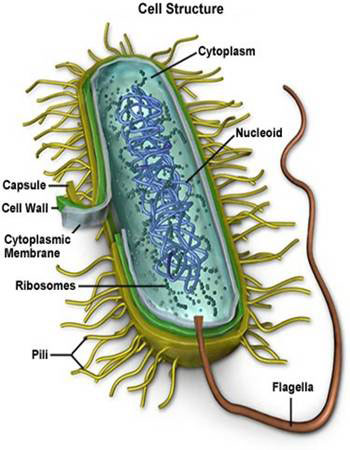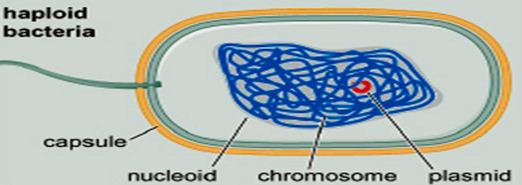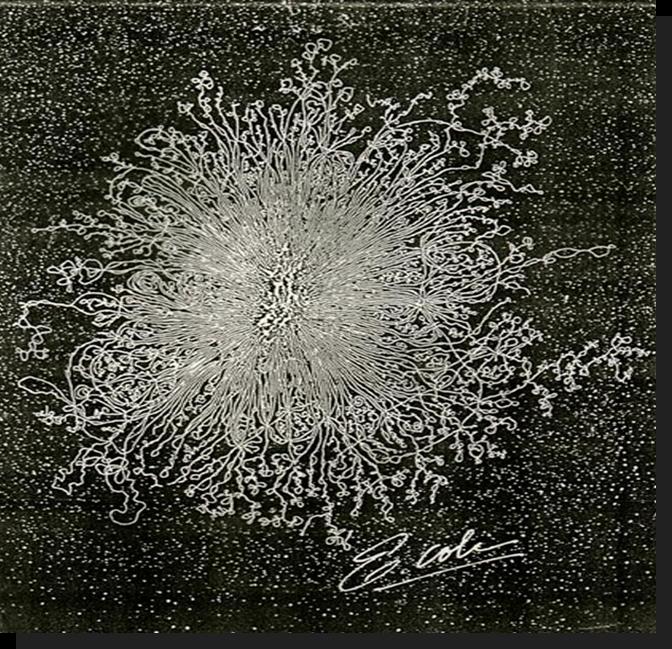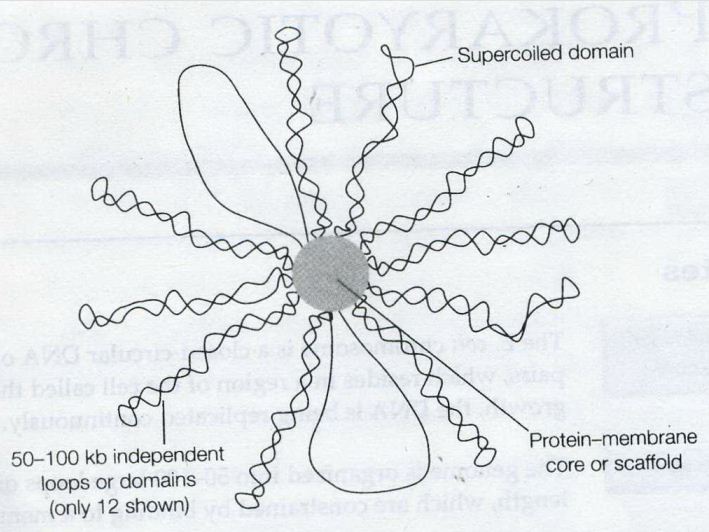鳞翅目Lepidoptera
Lepidoptera
Butterflies / Moths
The name Lepidoptera, derived from the Greek words“lepido” for scale and “ptera” for wings, refers to the flattened hairs (scales) that cover the body and wings of most adults.
-
Classification & Distribution
Holometabola
- complete development (egg, larva, pupa, adult)
Several classification systems have been proposed for dividing the Lepidoptera into suborders. Regardless of the system used, all of the larger and more economically significant families are members of a single suborder (Frenatae or Ditrysia).
Distribution: Common worldwide.
North America Worldwide Number of Families 75135Number of Species 11,286>112,000 -
Life History & Ecology
Lepidoptera (moths and butterflies) is the second largest order in the class Insecta. Nearly all lepidopteran larvae are called caterpillars. They have a well-developed head with chewing mouthparts. In addition to three pairs of legs on the thorax, they have two to eight pairs of fleshy abdominal prolegs that are structurally different from the thoracic legs. Most lepidopteran larvae are herbivores; some species eat foliage, some burrow into stems or roots, and some are leaf-miners.
Adults are distinctive for their large wings (relative to body size) which are covered with minute overlapping scales. Most entomologists believe that these scales are structurally related to the hair (setae) covering adult caddisflies. Lepidopteran wing scales often produce distinctive color patterns that play an important role in courtship and intraspecific recognition.
Although moths probably diverged from caddisflies in the early Triassic period, about 230 million years ago, adults in a few primitive families (e.g., Micropterygidae) still retain evidence of chewing mouthparts. In all other lepidopteran families, the mouthparts are vestigal or form a tubular proboscis that lies coiled like a watch spring beneath the head. This proboscis is derived from portions of the maxillae. It uncoils by hydrostatic pressure and acts as a siphon tube for sipping liquid nutrients, such as nectar, from flowers and other substrates.
From a taxonomic standpoint, the distinction between moths and butterflies is largely artificial — some moths are more similar to butterflies than to other moths. As a rule, butterflies are diurnal, brightly colored, and have knobs or hooks at the tip of the antennae. At rest, the wings are held vertically over the body. In contrast, most (but not all) moths are nocturnal. They are typically drab in appearance, and have thread-like, spindle-like, or comb-like antennae. At rest, their wings are held horizontally against the substrate, folded flat over the back, or curled around the body.
-
Physical Features
Immatures
Adults
- Eruciform (caterpillar-like)
- Head capsule well-developed, with chewing mouthparts
- Abdomen with up to 5 pairs of prolegs
- Mouthparts form a coiled tube (proboscis) beneath the head
- Antennal type:
- Butterflies: knobbed or hooked at tip
- Moths: thread-like, spindle-shaped, or comb-like
- Front wings large, triangular; hind wings large, fan-shaped
- Body and wings covered with small, overlapping scales
Major Families
Butterflies:
- Nymphalidae (brushfooted butterflies) — front legs reduced in size. This is the largest butterfly family; it includes the fritillaries, admirals, emperors, and tortoiseshells.
- Danaidae (milkweed butterflies) — adults are reddish-orange with black and white markings. Larvae feed on various species of milkweed. Includes the monarch (Danaus plexippus).
- Pieridae (whites and sulfurs) — adults are predominantly white or yellow with black markings. The imported cabbageworm (Pieris rapae) is a pest throughout the world.
- Papilionidae (swallowtails) — hind wings have a tail-like extension. The tiger swallowtail (Papilio glaucus) is a cosmopolitan species.
- Lycaenidae (blues, coppers, and hairstreaks) — small butterflies with fluted hind wings. Some species are extinct or nearing extinction, others are very common.
- Hesperiidae (skippers) — antennal club is hooked at the tip. The silverspotted skipper,Epargyreus clarus, is a common species.
Moths:
- Tineidae (clothes moths) — some larvae construct cases and feed on natural fibers. Pests include the webbing clothes moth (Tineola bisselliella) and the casemaking clothes moth (Tinea pellionella).
- Gelechiidae — one of the largest families of micro-lepidoptera. These larvae feed on plants or plant products. Pests include the Angoumois grain moth (Sitotroga cerealella) and the pink bollworm (Pectinophora gossypiella).
- Sesiidae (clearwing moths) — diurnally active adults mimic wasps. Many pests of fruit and vegetable crops, including the peachtree borer (Synanthedon exitiosa) and squash vine borer (Melittia cucurbitae).
- Tortricidae — fourth largest family of Lepidoptera. Larvae feed inside stems, leaves, and fruit. Contains many pest species, including the codling moth (Cydia pomonella) and the oriental fruit moth (Grapholita molesta).
- Pyralidae (snout moths) — second largest family of Lepidoptera. Pests include the European corn borer (Ostrinia nubilalis), the Indianmeal moth (Plodia interpunctella), and the greater wax moth (Galleria mellonella).
- Geometridae — third largest family of Lepidoptera. Larvae are often called inchworms or spanworms. Includes the winter moth (Operophtera brumata) and the fall cankerworm (Alsophila pometaria).
- Lasiocampidae (lappet moths) — larvae feed on the leaves of trees and some spin large webs or tents on the foliage. Pests include the eastern tent caterpillar (Malacosoma americana) and the forest tent caterpillar (M. disstria).
- Saturniidae (giant silk moths) — large, colorful moths. Larvae feed on a wide range of trees and shrubs. Well-known species include the cecropia moth (Hyalophora cecropia) and the luna moth (Actias luna).
- Sphingidae (hawk moths) — medium to large adults with long proboscis for collecting nectar. Larvae are frequently called hornworms. Pests include the tobacco hornworm (Manduca sexta) and tomato hornworm (M. quinquemaculata).
- Arctiidae (tiger moths) — distinctive adults, usually white with black, red, yellow, or orange markings. Many larvae are covered with long hairs (woollybears). Includes the fall webworm (Hyphantria cunea).
- Lymantriidae (tussock moths) — larvae are characterized by tufts of hair along the body. Adults do not feed. Pests include the gypsy moth (Lymantria dispar) and the browntail moth (Euproctis chrysorrhoea).
- Noctuidae (loopers, owlet moths, and underwings) — this is the largest family in the Lepidoptera. Larvae are leaf feeders and stem borers. Many species are pests, including the fall armyworm (Spodoptera frugiperda), the black cutworm (Agrotis ipsilon), and the cabbage looper (Trichoplusia ni).
Bug Bytes♣
- Some butterflies (family Lycaenidae) are considered “endangered species”. The Xerces blue (Glaucopsyche xerces) was last collected in 1943 from sand dunes near San Francisco, CA. This butterfly’s name has been adopted by the Xerces Society, an organization dedicated to the preservation of endangered species.
- In flight, front and hind wings are linked together by a bristle (frenulum) or a membranous flap (jugum) so both wings move up and down in synchrony.
- According to folklore, larvae of the banded woollybear, Pyrrharctia isabella, can forecast the severity of winter weather. A wide brown band means the winter will be harsh, a narrow brown band means the winter will be mild.
- Adults of most Noctuidae and Arctiidae have “ears” in the thorax that help them detect and evade echo-locating bats. Some species of Arctiidae even produce high-pitched ticks that confuse the bats.
====================================================
↑Quoted from the General Entomology course at North Carolina State University >Resource Library > Compendium > lepidoptera (© 2009 by John R. Meyer; Last Updated: 8 April 2009)
====================================================
Butterflies
凤蝶科Papilionidae(swallowtails)
1. 冰清绢蝶 Parnassius glacialis
2. 碧凤蝶 Papilio bianor
3. 柑橘凤蝶 Pailio xuthus
4. 金凤蝶 Pailio machaon
5. 宽尾凤蝶 Agehana elwesi.
6.青凤蝶Graphium sarpedon
7. 麝凤蝶 Byasa alcinous
灰蝶科Lycaenidae(blues, coppers, and hairstreaks)
1. 亮灰蝶Lampides boeticus
2. 琉璃灰蝶Celastrina sp.
3. 蓝灰蝶 Everes argiades
4. 红灰蝶 Lycaena phlaeas
5. 银线灰蝶Spindasis sp.
Moths
天蚕蛾科Saturniidae(giant silk moths)
1. 合目天蚕蛾 Caligula fallax
2. 银杏天蚕蛾Dictyoploca japonica
3.长尾天蚕蛾 Actias dubernaerdi
4.樗蚕娥Philosamia cynthia
天蛾科Sphingidae(hawk moths)
1.构月天蛾Parum colligata
2. 鹰翅天蛾Ambulyx sp.
3. 紫光盾天蛾 Phyllosphingia dissimilis
灯蛾科Arctiidae(tiger moths)
1. Miltochrista ziczac
2.首丽灯蛾Callimorpha principalis
3. 红带新鹿蛾Caeneressa rubrozonat
毒蛾科Lymantridae(tussock moths)
1. 黑褐盗毒蛾Porthesia atereta
2.条毒蛾Lymantria dissoluta
![Illustrations of wild animals [insect 10 lepidoptera]](https://apbiology.cn/wp-content/uploads/sites/8/2014/02/Papilio-bianor.jpg)
![Illustrations of wild animals [insect 9: Orthoptera]](https://apbiology.cn/wp-content/uploads/sites/8/2014/01/Phlaeoba-angustidorsis.jpg)





















![the blueprint of life [7]: prokaryotic chromosome structure of DNA](https://apbiology.cn/wp-content/uploads/sites/8/2013/07/m-bio-7-bacteria.jpg)


 ——————————————————————————-
——————————————————————————- Remember this famous electron micrograph of an E. coli cell we showed before?
Remember this famous electron micrograph of an E. coli cell we showed before? 












































































![IIllustrations of wild animals [insect 3 Odonata]](https://apbiology.cn/wp-content/uploads/sites/8/2013/09/Common_blue_damselfly02.jpg)